Can aromatic plants, herbal products, essential oils and oleoresins replace antibiotic growth promoters, prevent disease?
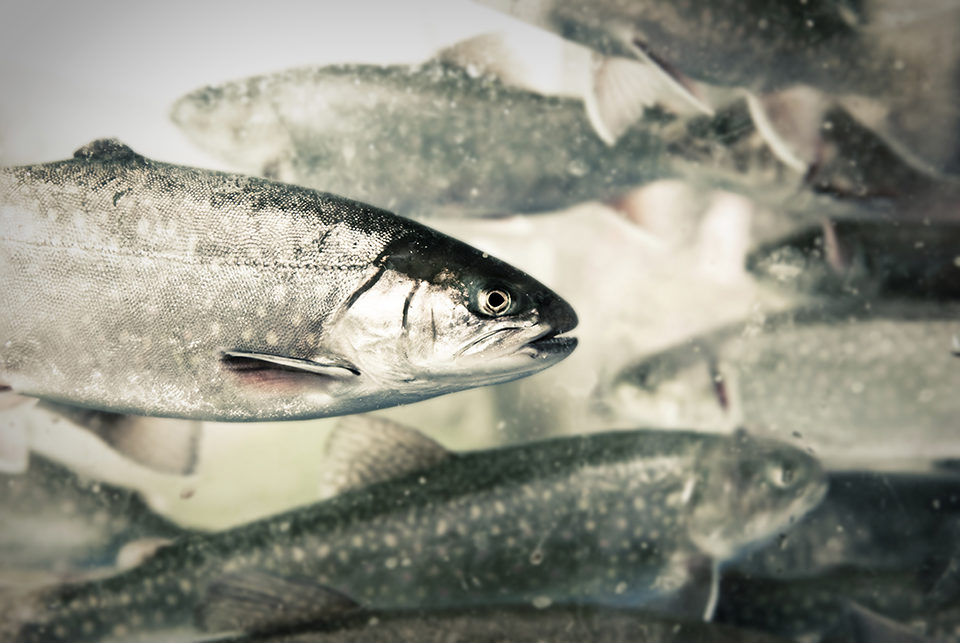
Major targets for improvement in the aquaculture industry include better maintenance of fish health as well as increased fish performance. These goals have led to the development of novel feed additives that serve as functional dietary supplements in commercial fish and shrimp feeds. Such products include immunostimulants, probiotics, prebiotics and plant derivatives, or so-called phytogenics.
In light of the 2006 ban on the use of sub-therapeutic antibiotics as growth promoters in the European Union, alternatives to traditional antibiotics in aquaculture practices have consequently received much attention. In addition, consumers increasingly demand eco-friendly farming practices and food products without chemical contaminants.
Phytogenics
Over the last decade, research has examined the application of phytogenics such as aromatic plants (ginger, curcuma, coriander), herbal products (roots, leaves, bark), essential oils (hydro-distilled volatile plant compounds) and oleoresins (extracts based on non-aqueous solvents) to replace antibiotic growth promoters in terrestrial animal feeds. More recently, such applications have begun to demonstrate positive effects in feeds for various fish and shrimp species, including rainbow trout.
Especially in aquaculture, the potential applications of phytogenic substances in feed are not restricted to their use as alternatives for antibiotic growth promoters but may also be extended into areas such as disease prevention and immune and stress resistance in aquatic species. Another prospective area for phytogenics use in aquaculture is improvement of the antioxidant status of fish fillets for storage quality.
Some common phytogenic products, including oregano essential oils, have been found to possess significant in vitro antioxidant activity, which was well correlated with their total phenolic content. There have been a number of in vivo studies on the effects of phytogenic products on antioxidant status in terrestrial animals, but research in aquaculture is rather limited.
Experimental design
The authors established a study to investigate the protective antioxidant potential in fish fillets of two phytogenic products included in the diets of rainbow trout. The experiments were carried out at a commercial trout farm in Plastiras Lake, Karditsa, Thessaly, Greece. Groups of 30 sub-adult trout with individual weights of 113.0 ± 10.4 g were randomly allocated into three different treatments with three replicates each.
The control group was fed a basal diet, while the other two groups were fed diets supplemented with the two phytogenic diets – Digestarom PEP, a conventional, non-encapsulated product (Phyto-C); and Digestarom PEP MGE, a matrix-encapsulated product (Phyto-E) – at the level of 1 g/kg. The fish were fed to apparent satiation for a period of eight weeks, then weighed for the calculation of weight gain and feed-conversion ratios.
Antioxidant status
To determine the effects of the different dietary treatments on antioxidant status, fish fillet samples from 12 fish/treatment were collected at the end of the feeding period. Levels of glutathione peroxidase as well as malondialdehyde values were initially evaluated and then on day 5 of refrigerated storage according to methods described by Ilias Giannenas and co-workers in 2011. All excised tissues were assayed for the levels of malondialdehyde, glutathione S-transferase and glutathione reductase according to procedures described by Giannenas in 2012.
Results
Zootechnical performance Survival at the end of the experiment was about 98 percent, and no significant difference was noted among treatments (Table 1). There was no significant difference in weight gain among fish fed the phytogenic supplements and the control diet, although the phytogenic groups had numerically higher weight gain. The increase in final weight was more pronounced in fish that received the encapsulated product.
Syed, Mean production performance of trout, Table 1
| Parameter | Control | Phyto-C | Phyto-E | Pooled Standard Error | P Value |
|---|
Parameter | Control | Phyto-C | Phyto-E | Pooled Standard Error | P Value |
|---|---|---|---|---|---|
| Day 0 body weight (g) | 112.5 | 111.4 | 111.6 | 3.21 | 0.742 |
| Day 56 body weight (g) | 263.5 | 261.7 | 274.2 | 3.23 | 0.65 |
| Weight gain (g/day) | 2.64 | 2.68 | 2.90 | 0.07 | 0.59 |
| Feed intake (g/day) | 4.66 | 4.63 | 4.63 | 0.06 | 0.314 |
| Feed-conversion ratio | 1.783a | 1.726b | 1.595c | 0.01 | 0.004 |
| Survival (%) | 94 | 97 | 97 | 0.01 | 0.155 |
Table 1. Mean production performance of trout fed eight weeks on experimental diets.
Feed-conversion ratios (FCRs) were significantly improved by the phytogenic feed additives. Both phytogenic groups had lower FCR values than the control group. Between the two phytogenic treatments, the encapsulated product performed better than the conventional non-encapsulated phytogenic.
Antioxidant activity
On day 5 of refrigerated storage, phytogenic inclusion appeared to have significantly (P < 0.05) decreased malondialdehyde formation in the trout fillets. Glutathione-based enzyme activity at both time points was significantly (P < 0.05) higher in fillets from both phytogenic-supplemented groups compared to the control, as shown in Table 2. Lipid oxidative stability was also significantly improved, especially in the Phyto-C group.
Syed, Mean effects of experimental diets, Table 2
| Day 0 of Storage | Day 5 of Storage |
|---|
Day 0 of Storage | Day 5 of Storage | |
|---|---|---|
| Malondialdehyde(nmol/mg product) | Malondialdehyde(nmol/mg product) | Malondialdehyde(nmol/mg product) |
| Control | 34.1a | 49.1#b |
| Phyto-C | 32.4a | 38.6#b |
| Phyto-E | 30.2 | 32.3* |
| Standard error of mean | 0.919 | |
| Glutathione S-transferase (mmol/min/mg product) | Glutathione S-transferase (mmol/min/mg product) | Glutathione S-transferase (mmol/min/mg product) |
| Control | 2.12#a | 1.28#b |
| Phyto-C | 2.82*a | 1.89#b |
| Phyto-E | 2.84*a | 2.39*b |
| Standard error of mean | 0.128 | |
| Glutathione reductase (U/mg product) | Glutathione reductase (U/mg product) | Glutathione reductase (U/mg product) |
| Control | 27.1#a | 16.6#b |
| Phyto-C | 30.1#a | 21.4*b |
| Phyto-E | 35.2*a | 24.5*b |
| Standard error of mean | 0.948 |
Values in the same row with a different superscript letter differ significantly at P ≤ 0.05.
Table 2. Mean effects of experimental diets on the antioxidant status of trout fillets after refrigerated storage.
The activity of the various enzymes in the trout fillets was largely unaffected by time of refrigeration. The literature holds prolific evidence of the in vitro antioxidant activity of phytogenic products due to their ability to scavenge free radicals by single-electron transfer in vitro.
Perspectives
In line with previous research, the authors’ study demonstrated the inclusion of phytogenic products in feed was somewhat effective in improving performance, particularly feed conversion. The results have implications for the rational use of raw materials in fish species, including economic advantages and reductions in environmental impacts. In addition, the study showed that phytogenic feed additives had significant positive effects on the antioxidant properties of the fish fillets after five days of refrigeration, thus preserving the nutritive value of the fish and the quality of the fillets.
(Editor’s Note: This article was originally published in the January/February 2013 print edition of the Global Aquaculture Advocate.)
Authors
-
Basharat Syed, Ph.D.
Product Manager – Phytogenics
Biomin Holding GmbH
Industriestrasse 2
3130 Herzogenburg, Austria -
Goncalo Santos, M.S.
Technical Manager – Aquaculture
Biomin Holding GmbH
Industriestrasse 2
3130 Herzogenburg, Austria
Related Posts
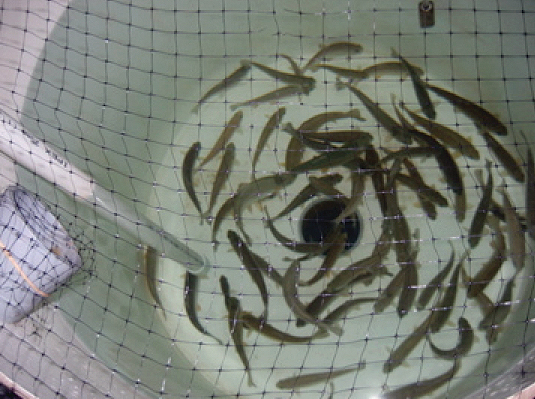
Health & Welfare
Algae shows promise as alternative DHA source in rainbow trout diets
A growth trial in Canada evaluated the use of algae biomass to increase the concentration of long-chain polyunsaturated fatty acids in the tissues of rainbow trout.
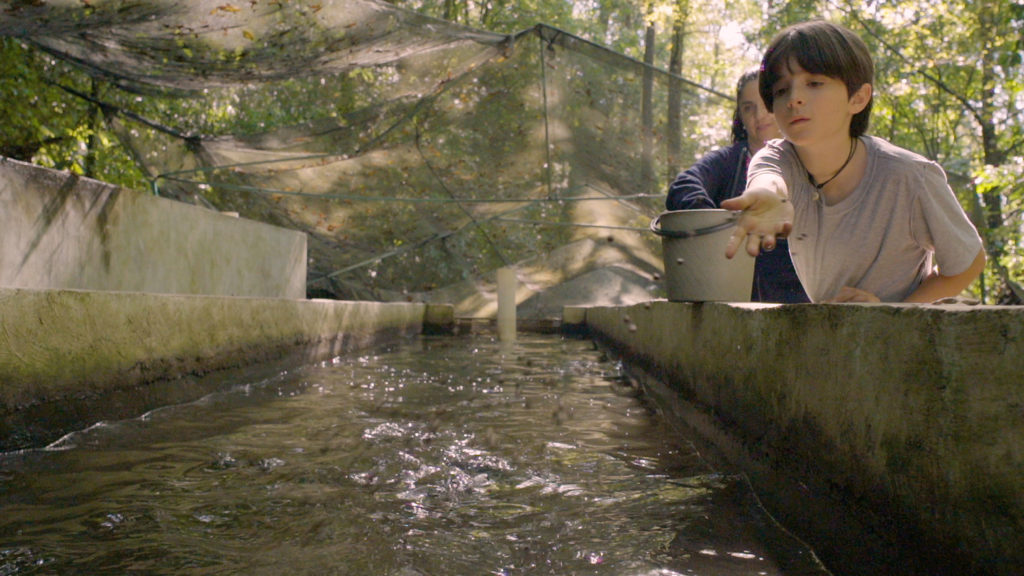
Intelligence
A motive, and a market, for farmed fish in Mexico
Boasting ample areas for aquaculture and a robust domestic demand for seafood – not to mention its close proximity to the U.S. market – a land of opportunity lies in Mexico. Fish farming is primed to meet its potential south of the border.
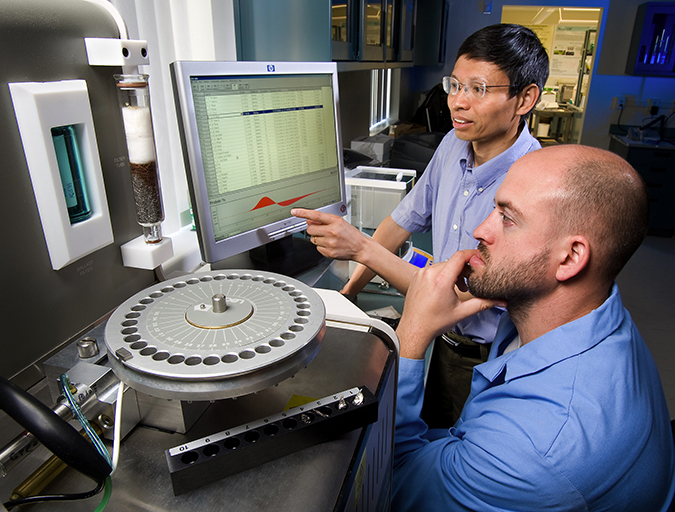
Aquafeeds
Alternative feed ingredient universe to convene at F3 meeting
What started out as a simple yet ambitious contest to drive innovation in the aquafeed sector has evolved into a fully global competition – and collaboration – amongst ingredient suppliers and feed manufacturers.
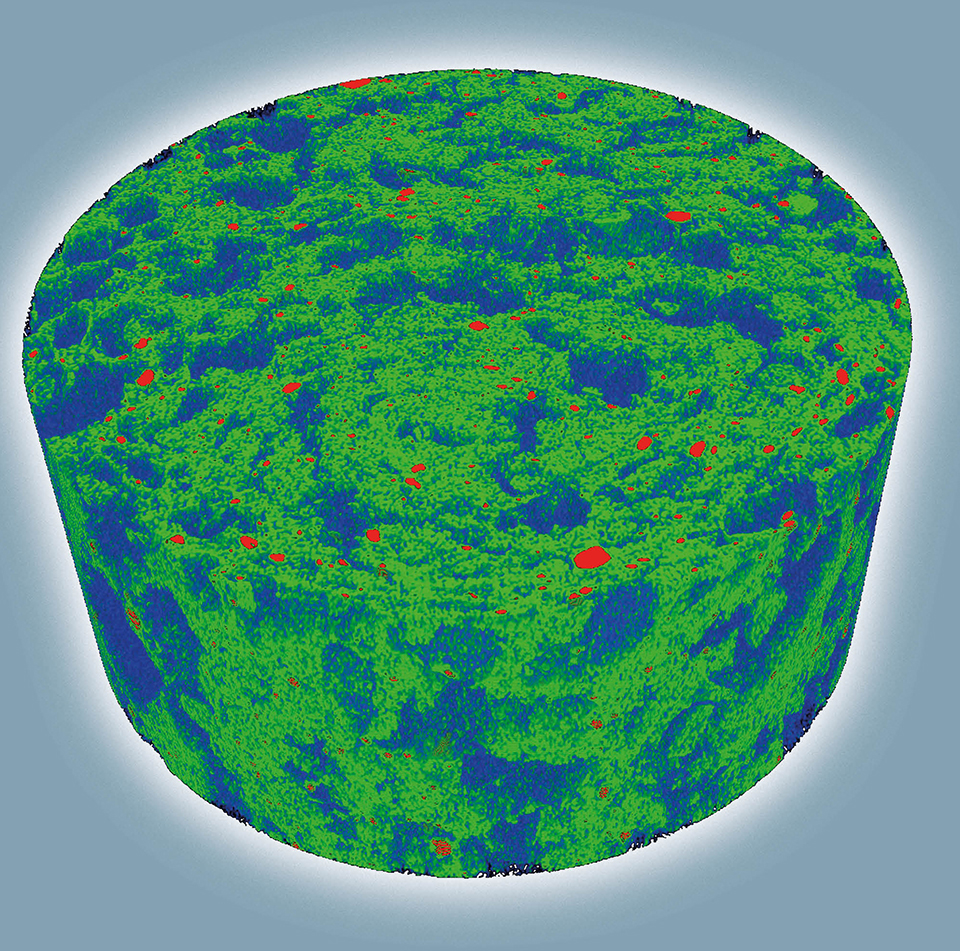
Aquafeeds
Alternative feed ingredients support continued aquaculture expansion
Identifying sources for essential macro- and micronutrients is important, as well as understanding how best to manufacture feed to required physical specifications when using these new raw materials.


